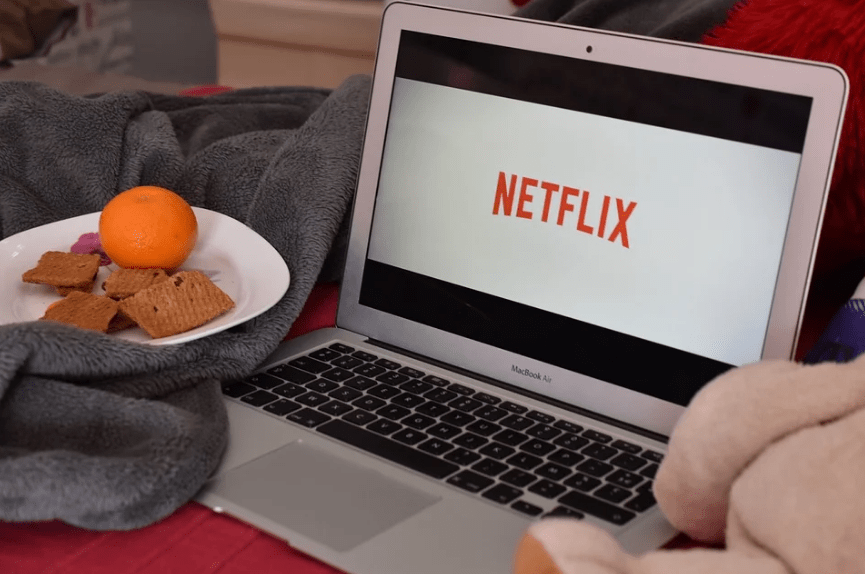Netflix is considered one of the most popular streaming platforms right now, and its popularity is mainly attributed to its library of TV shows and movies, which consist of classic franchises, as well as new ones that are produced by the company itself. Netflix continues to grow in today’s era, as many people are moving from watching shows on TV and watching movies in theaters to just viewing their favorites within the app. However, the success of Netflix didn’t come quick, as the owners have experienced struggles expanding the reach of the company and finding its identity. To learn more about how the streaming company became successful today, here is a brief history of Netflix.
The Founding of Netflix
Netflix was founded on August 29, 1997, by Reed Hastings and Marc Randolph, who both already have experience running businesses in America. According to Randolph, he liked the concept pioneered by Amazon wherein the company will sell different kinds of items on the internet and be able to ship them nationwide. However, both Hastings and Randolph agree to only focus on one kind of item to sell for their brand.
They first wanted to sell used or rejected VHS tapes, but since the items can be quite expensive and fragile to ship, they eventually decided to reject the idea. When they found out about a new media platform called DVDs, which was introduced on March 24, 1997 (in the same year Netflix was founded), they began experimenting on the idea of selling or renting DVDs and shipping them to homes in the United States. The first delivery for Netflix was delivered to Hastings’s house in Santa Cruz, California, as a test to see if the case and the DVD inside it would remain undamaged after shipping. When Hastings received the DVD in pristine condition, this is where they began to invest a lot of their earnings on Netflix.
Membership Program and Proposed Acquisition of Blockbuster
When Netflix launched in 1997, it became the first online DVD-rental store in the world. The company started with only 30 employees and 925 titles, which was the number of titles available on DVD during the 90s. Netflix started with a single-rental scheme, where customers can only rent one title for their payment. But, in September 1999, the company introduced a monthly subscription program that allows customers to rent as many titles as they want in a month. Because of the popularity of this program, the single-rental scheme was dropped by Netflix in 2000 since no one rents single titles anymore.
Despite having an increasing number of subscribers in 2000, Netflix reported a loss of $57 million around the same year. Blockbuster LLC, a company that has a similar scheme as Netflix but doesn’t have an online service, offered to buy Netflix for $50 million. Blockbuster proposed that Netflix would handle the online service of their company and would be renamed “Blockbuster.com” since Netflix’s website is already built to handle online DVD rentals. However, the offer was eventually declined, with the owners of Blockbuster supposedly saying that there is no future for online services, which would eventually be a false claim since today’s era relies on the internet for various services and tools.
Creation of the Streaming Platform
Even though Netflix experienced hurdles during the early 2000s, the company continued to survive until they have reached the era where almost all households in the US have DVD players. In that era, Netflix strived as subscribers keep increasing day by day. From one million subscribers in 2002, Netflix was able to get 5.6 million subscribers in 2006, and this is a significant growth for any DVD rental company in the US.
Because of the success of Netflix in the DVD rental department, the company has enough money to start a new business venture. Netflix then turned its eyes on an online streaming service, and after a few experiments in 2009, the company successfully launched its streaming platform in Canada in 2010. The streaming platform became such a massive success that in just a matter of months, Netflix became the largest source of internet traffic in North America.
By 2011, Netflix separated their DVD rental service and streaming platform by planning to create another company called Qwikster, and this brand would take care of the DVD rental side of Netflix. Unfortunately, this plan did not push through, so Netflix decided to retain the DVD rental service on their brand.
Netflix Original Content
Before the rise of Netflix’s streaming platform and original content, the company has already licensed and distributed films in the 2000s, and their experience in helping release new content has led them to success in producing their own TV shows and movies. The first two films that Netflix licensed are the independent films Sherrybaby and Born into Brothels. The licensing and distribution for films were done through Red Envelope Entertainment, a division in Netflix that serves as a production unit for the company. Red Envelope Entertainment closed in 2008 in order for Netflix to avoid competition with their studio partners that provide DVD stock for the brand.
Netflix eventually went back to creating original content in 2013, when they successfully released their first series called House of Cards, which starred Kevin Spacey and Robin Wright. From then on, Netflix began to produce and license TV shows and movies made by other film studios around the world. The licensed content would be called “Netflix Original” and could only be streamed on Netflix’s streaming platform.
Today, Netflix continues to expand its reach around the world, as the company started the construction of several headquarters in different countries. In an April 2021 report by the company, one of the newest headquarters would be located in Toronto, Canada, and this new building would help increase the production of original content for Netflix.


